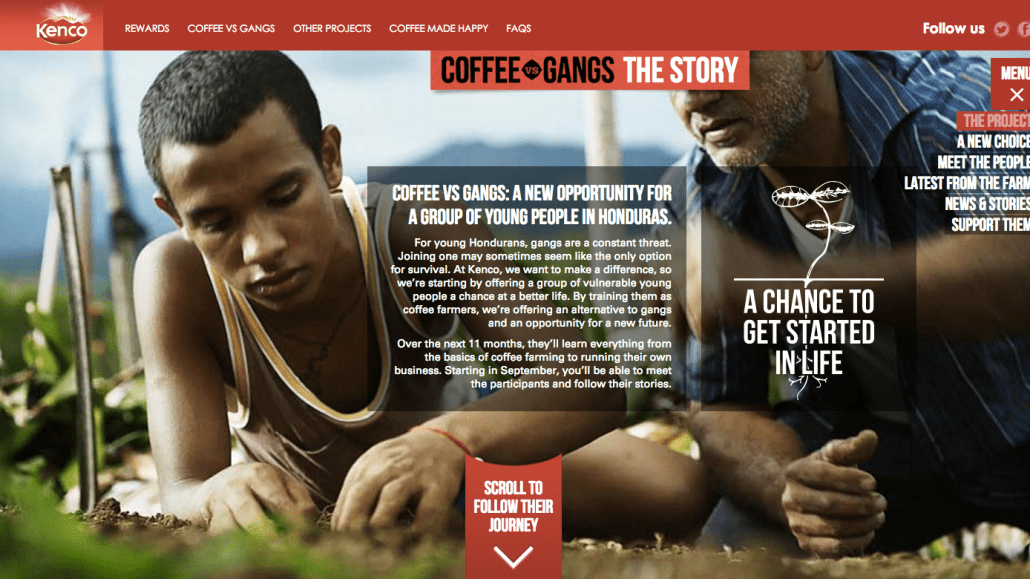Register by Jan 13 to save on passes and connect with marketers from Uber, Bose and more

Every publisher wants to create more native advertising for brands, but far fewer can say how well any of it works with readers.
At the Telegraph, the U.K.’s sixth–largest newspaper, native-ad number crunching has spawned a new division, Spark, which hopes to give brands more confidence in content campaigns by giving them more data. The Telegraph says that it’s constantly monitoring the on-page activity of its 2.5 million monthly readers, learning how engaged they are, where they come from, and, overall, what resonates the most. Spark will also offer clients data dashboards for each campaign, which tells them how individual articles are performing in real time.
“The way you drive engagement is by making content that people want to read, and you can best do that if you have the right data,” said Spark managing director Matt Cory. “The days of doing it on a creative hunch were great, but now the data finally lets us know what’s working and what isn’t.”
The Telegraph is making a big investment in Spark, which Cory says is a significant step up from Telegraph Create, the creative division that Spark now replaces. Spark’s creative team, much of which previously staffed Create, is now joined by an entirely new team of data analysts that will crunch the numbers for campaigns. Cory wouldn’t say how many people The Telegraph hired but said that the company has spent “over seven figures” on staff and tools for the new division.
Data has already influenced how the The Telegraph creates sponsored content. In one campaign for coffee company Kenco, The Telegraph created a microsite about sustainable coffee in Honduras. But the data showed that only a few hundred readers got to the page by searching for “sustainable coffee” but instead found it while looking for articles about Honduras’ issues with drugs and cocaine. So The Telegraph used that data to convince Kenco to let it create content around that topic.
The launch of Spark comes as many publishers are in the hunt for new ways to differentiate their sponsored content output in an increasingly crowded market. Many legacy publishers, including The New York Times, are leaning on their pedigree, while younger ones, such as BuzzFeed and Vice, are pitching brands on their ability to speak the language of younger audiences. The Telegraph, on the other hand, seems to share its approach with Medium, whose budding sponsored content strategy combines a smooth editorial design with the ability to give brands in-depth data about how long readers spend on their content.
The data-driven approach appeals to agencies, which say that many publishers are still behind when it comes to reporting metrics around engagement time and cross-screen visitors. “When it comes to data, there could always be more of it,” said Dino Myers Lamptey, head of strategy at The7Stars. “It’s good to see publishers put as a priority to better serve clients. The more you can add to the story, the better.”
More in Media

Why publishers are building their own creator networks
Publishers are forming creator networks to regain control, combat traffic declines, and reach audiences shifting toward influencers.

The accidental guardian: How Cloudflare’s Matthew Prince became publishing’s unexpected defender
Cloudflare’s day job is fending off botnets and nation-state cyberattacks, not debating how Google and other AI firms crawl publisher sites.

A timeline of the major deals between publishers and AI tech companies in 2025
Here’s a list of all the major deals signed between publishers and AI tech companies in 2025.





